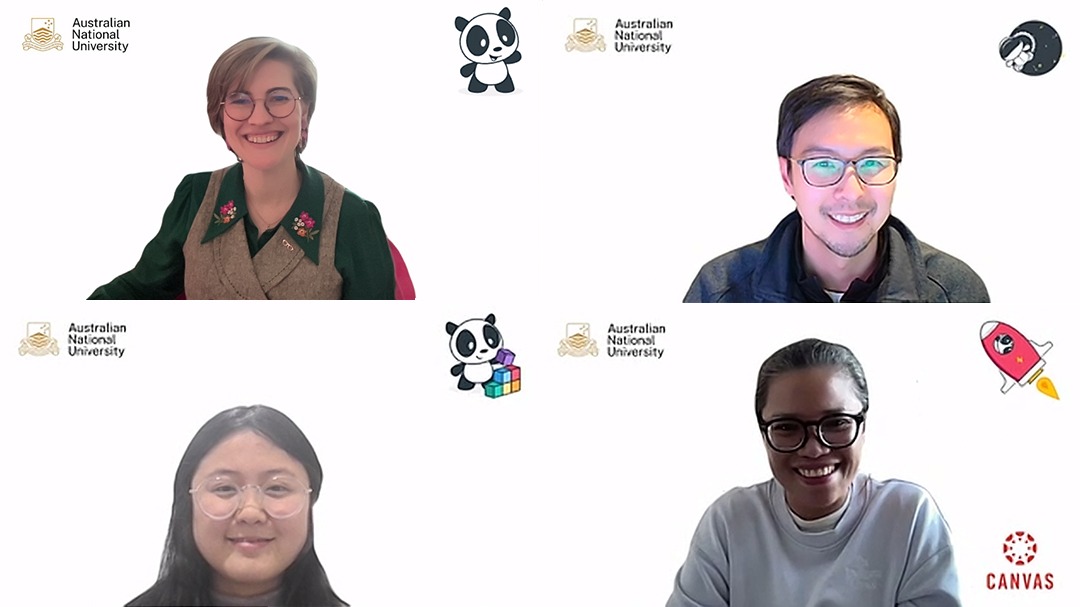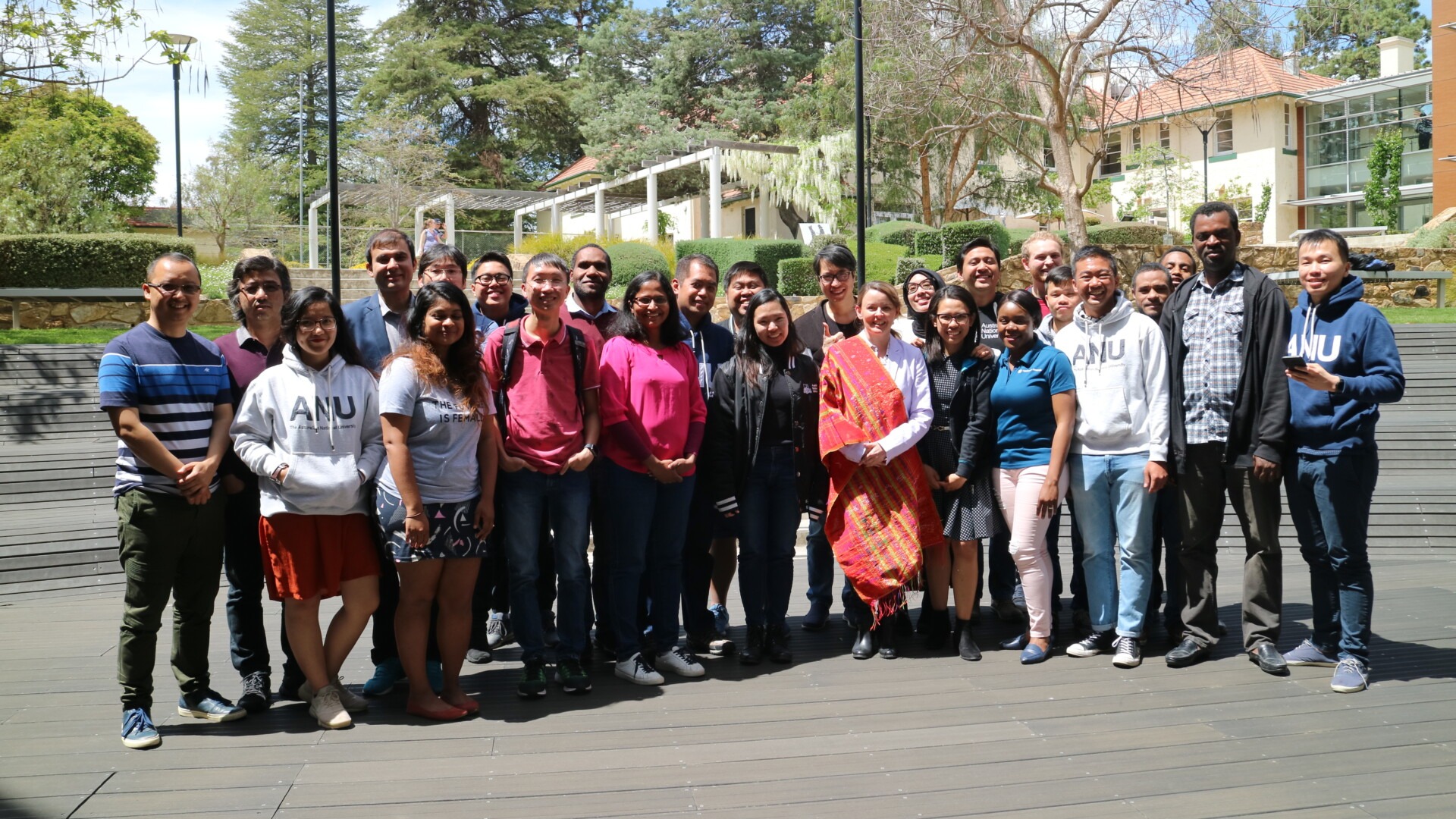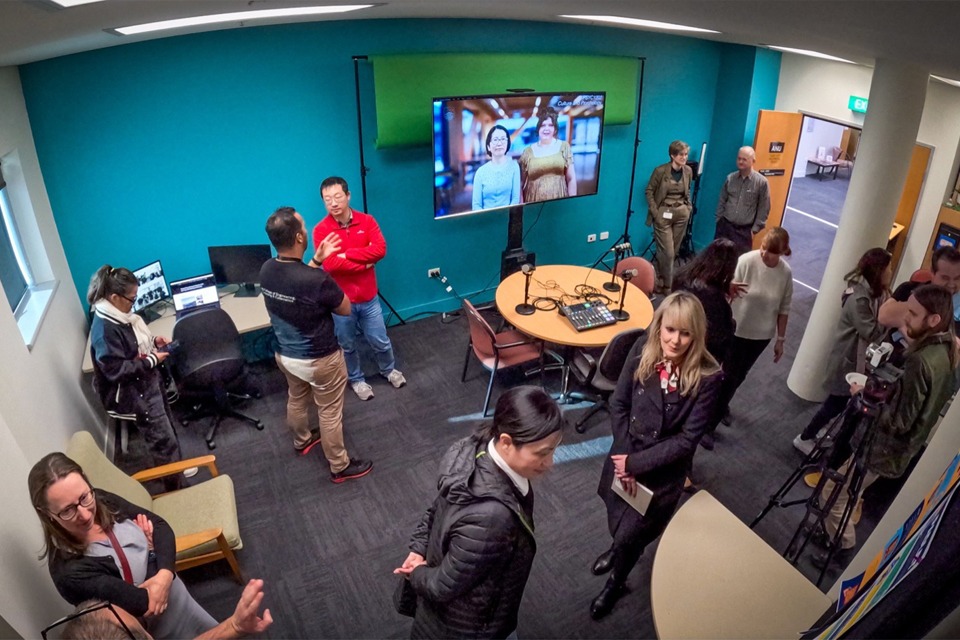AI is here, but beyond the hype, what can it do for my classes? The ANU Learning and Teaching website has launched a resource collection on AI Essentials. It covers the basics – the ANU Institutional AI Principles, plus how to access our supported AI tools, with examples.
These are three timesaving, and possibly surprising, uses of AI that you can start using in your lessons right away.
Wait, what are the ANU Institutional AI Principles?
The Academic Board has endorsed six guiding principles on the ethical and innovative use of AI at ANU. In a nutshell, we want to critically engage with AI while maintaining excellence and integrity in teaching. The ANU will support students and staff to produce skilled graduates ready for an AI-informed world. The new resource collection is one part of that support, and the first in a series on AI.
Are my students on board with this?
To create a welcoming environment where students feel comfortable asking questions about AI, it’s helpful to share clear guidelines about using AI. Communicate your expectations for learning and assessments with students. To help, a downloadable slide pack for educators is available. It includes talking points on how students can engage with AI ethically and responsibly.
1. Whip up lesson plan ideas, privately
Did you know? All ANU staff have free access to Microsoft Copilot, an AI tool that can generate ideas in a more private way than ChatGPT.
It won’t be perfect, but Copilot can create the skeleton for a course or class. Asking it to “Create a lesson plan for a course on AI” will produce an outline for the different weeks, complete with suggested resources, activities and assessments. You can drill down and tell it to make an assessment align with certain learning outcomes and then “create a matching rubric”.
Anything you ask Copilot while logged in will be discarded once you finish – and not used to train its dataset. This promotes privacy, intellectual property and data security.
2. Create inclusive content with AI
Did you know? AI systems are trained on massive datasets, which can inherit biases or lack diversity.
ANU prides itself as a diverse university, so how can we make AI reflect those diverse viewpoints? The AI Essentials resources include an AI prompting guide with specific phrases to ask supported tools such as Microsoft Copilot. This can be as straightforward as telling a Gen AI tool to use language “…in a gender-neutral and inclusive tone”, or to speak to “multiple perspectives”.
3. Inspire with images
Did you know? All staff at ANU have access to Adobe AI-image creation tools. This means you can keep your creations private.
Adobe Firefly lets you produce images from text. This might be as decorative as “a flying strand of DNA” or as niche as “Canberra in the 1980s in a comicbook style”. Possible uses include brainstorming or illustrating complex ideas in your lessons.
Firefly’s model is trained on Adobe Stock images. So content is either openly licensed or in the public domain where copyright has expired. By signing in to Adobe Firefly with your work (ANU uID) account, you can ensure that your user data is not used to train Adobe Firefly’s AI.
Let’s get started
How can I meaningfully incorporate AI into courses if I have more time?
Can I upload student work into AI to assist with marking or checking work?
These and other frequently asked questions about AI are answered in the AI Essentials resource collection.
If you are using AI tools at ANU in innovative ways, CLT (Centre for Learning and Teaching) would love to hear from you. Drop us a line at clt@anu.edu.au.
Phillip Tang is a Senior Learning Technologist (Communications and Capability) working with the Centre for Learning and teaching.







